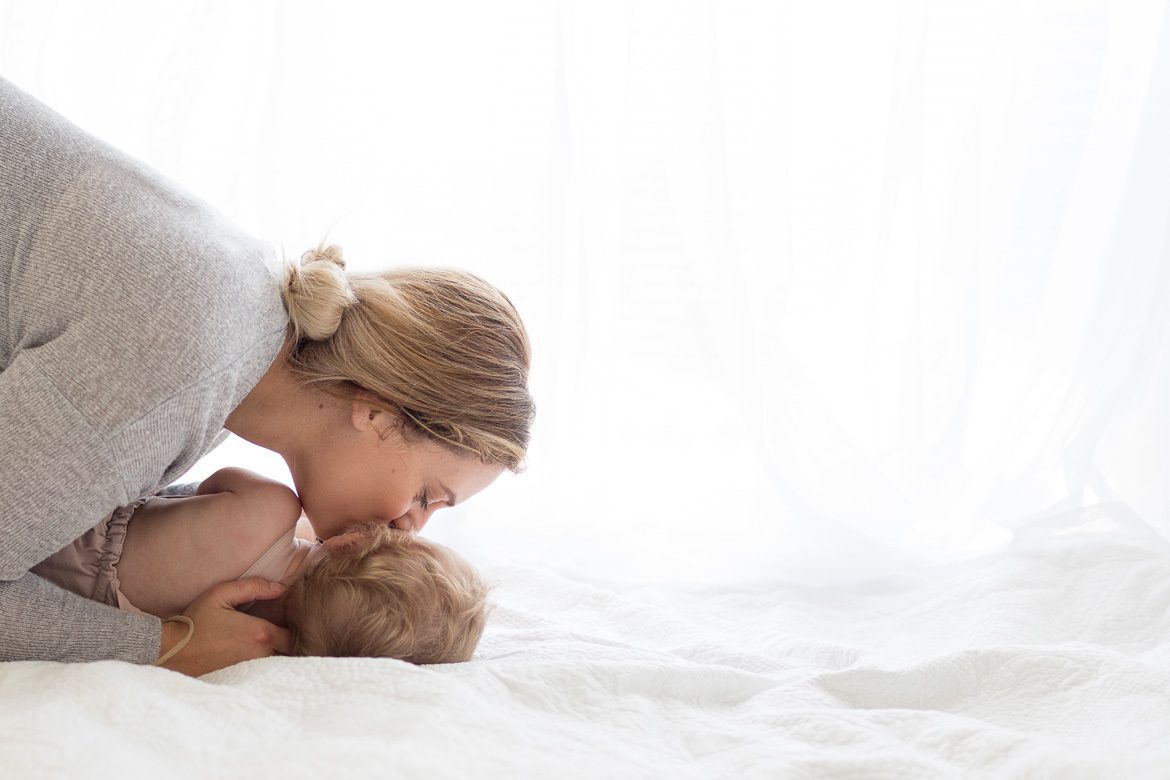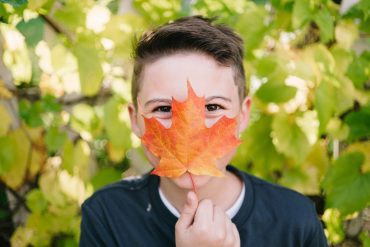By Elizabeth Pantley
From the moment your child wakes in the morning he is slowly using up the benefits of the previous night’s sleep. He wakes up totally refreshed, but as the hours pass, little by little, the benefits of his sleep time are used up, and an urge to return to sleep begins to build. When we catch a child at in-between stages and provide naps, we build up his reservoir of sleep-related benefits, allowing him a “fresh start” after each sleep period.
As shown on the sleep chart below, as children age, the length of time that they can stay “happily awake” increases. A newborn can only be awake one or two hours before tiredness sets in, whereas a two year old can last five to seven hours before craving some down time for a nap. When children are pushed beyond their biological awake time span without a break that’s when they become fatigued, fussy and unhappy.
| Age | “Happily Awake” span of time between naps |
| Newborn | 1 – 2 hours |
| 6 month old | 2 – 3 hours |
| 12 month old | 3 – 4 hours |
| 18 month old | 4 – 6 hours |
| 2 year old | 5 – 7 hours |
| 3 year old | 6 – 8 hours |
| 4 year old | 6 – 12 hours |
As the day progresses, and the sleep pressure builds, a child becomes fussier, whinier, and less flexible. He has more crying spells, more tantrums, and less patience. He loses concentration and the ability to learn and retain new information. The scientific term for this process is “homeostatic sleep pressure” or “homeostatic sleep drive” . . . I call it The Volcano Effect. We’ve all seen the effects of this on a baby or child, as it is often as clear as watching a volcano erupt; nearly everyone has observed a fussy child and thought or said, “Someone needs a nap!”
See next page for the rest of the article…











